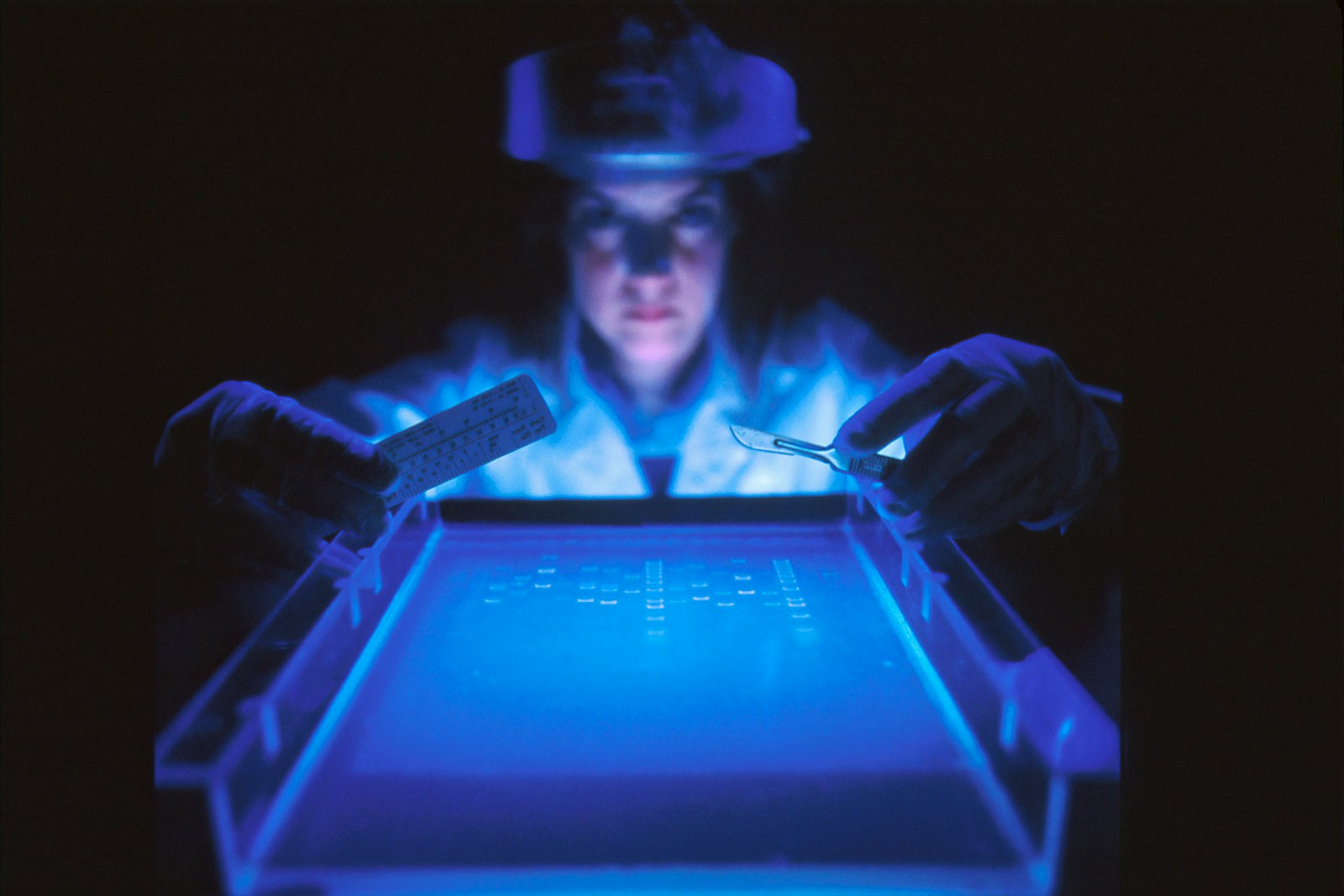Key Takeaways:
– David Baker’s ground-breaking work allows for the building of new proteins
– Demis Hassabis and John Jumper devised an AI tool to predict protein structures
– Their combined efforts bagged them the prestigious 2024 chemistry Nobel Prize
In the evolving world of molecular biology, a significant breakthrough occurs when David Baker and co-researchers make their mark in the chemistry space. Their pioneering work on designing and constructing new proteins sets them apart in a competitive field.
An Astounding Innovation in Protein Design
David Baker’s work focuses on the revolutionary concept of creating entirely new proteins. This radical approach surpasses the traditional norms and breaks new ground in the vast domain of proteomics. Baker’s genius lies in innovating and diversifying the realm of protein structures, presenting a blueprint for numerous potential applications.
Envision an age where one can build custom-designed proteins, capable of responding to the individualized needs of health applicability, treatment, and diagnostics. Baker’s efforts are steering us towards this futuristic era of bespoke proteins – a monumental leap forward in the realm of biological sciences.
Predicting Protein Structures with AI Technology
Complementing Baker’s work are Demis Hassabis and John Jumper, two brilliant minds rocking the world of artificial intelligence (AI). Together, they’ve developed an AI tool that predictably structures proteins. The importance of protein structure in understanding their function and behavior in cells cannot be overstressed. Hassabis and Jumper’s AI tool provides a keen insight into this intricate world.
As proteins play highly specific roles, a slight variation in structure can significantly impact their function. Predicting these structures allows for a more precise understanding and effective utilization of these biomolecules. By developing an AI tool as perceptive as this, Hassabis and Jumper have, indeed, revolutionized the understanding of protein structures.
The Fusion of AI and Chemistry
The fusion of artificial intelligence with chemistry is considered a tremendous achievement, one that holds promise for the future of science. An invaluable application of AI in Hassabis and Jumper’s work is the prediction of protein structures. A task that previously seemed an enigma, is now attainable thanks to this adroit AI-tool.
Hassabis and Jumper’s utilization of AI in the realm of protein structures holds the potential to expedite progress in various areas, from medical research to pharmaceutical development. The potential applications of AI in this realm are, indeed, limitless.
Winning The Nobel Prize
For their roles in advancing the landscape of protein structure design and prediction, David Baker, Demis Hassabis, and John Jumper have been awarded the 2024 Chemistry Nobel Prize. This distinction recognizes how transformative their groundbreaking work is to the field of chemistry and beyond.
In conclusion, it’s a colossal stride in the march toward a future where we foresee an intersection of technology, biology, and chemistry. One where protein designs are manipulated at our convenience and protein structures forecast in a snap. This is the future that Baker, Hassabis, and Jumper are leading us into with their remarkable initiatives.
The Nobel Prize dishonor they’ve received is but a small token of recognition for the enormous contributions they’ve made to the world of science.

